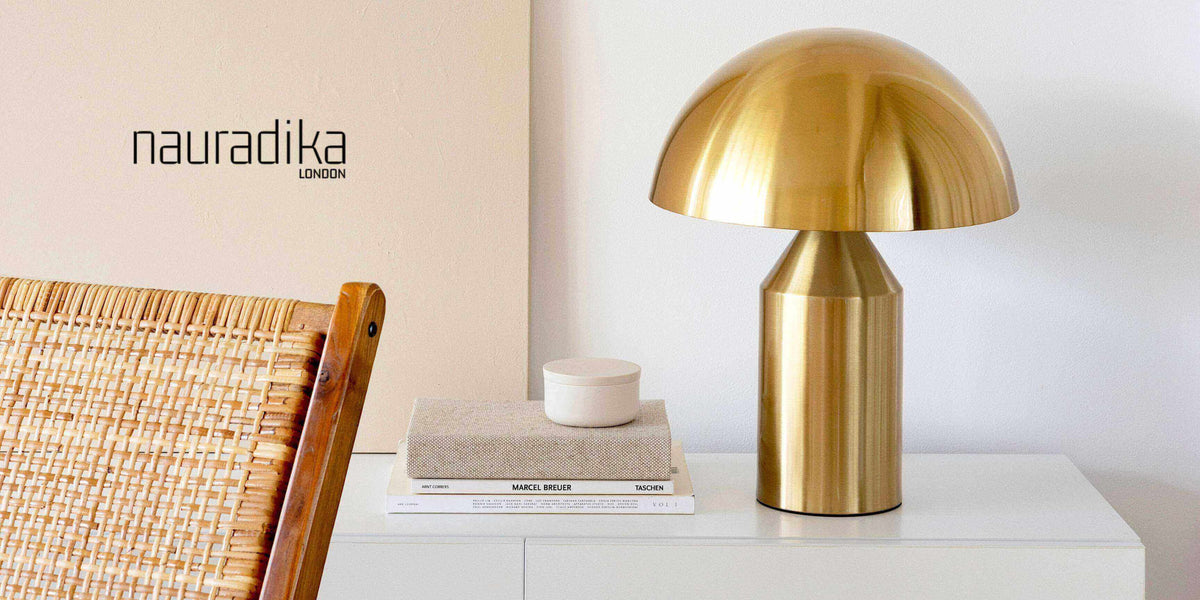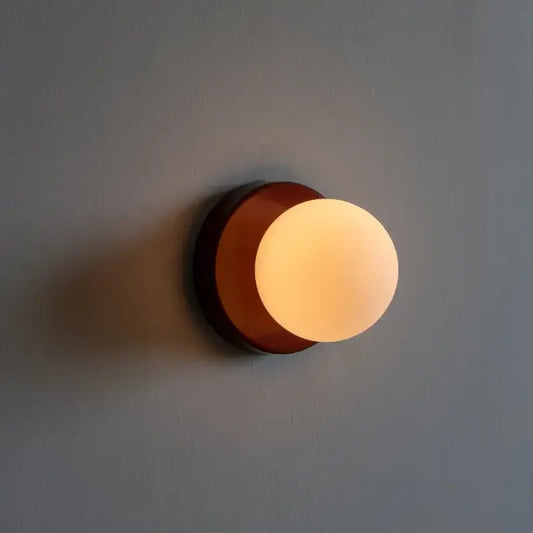
Don't overcrowd your interior
|
|
Time to read 2 min

Discover new arrivals in modern lighting, home decor, and Scandinavian design—updated weekly...
|
|
Time to read 2 min
A common mistake people make when decorating their homes is overcrowding the space with too much furniture or accessories. While it may seem like more is better, in reality, it can make a space feel cluttered, chaotic, and overwhelming. In this article, we'll use the BAB (Before, After, Bridge) method to explore why it's essential to avoid overcrowding a space.
Before you start decorating a room, it's important to assess the space and determine what it needs. Here are some questions to ask:
Once you have assessed the space and needs, it's time to choose furniture and accessories carefully. Here are some tips:
After you have chosen furniture and accessories carefully, it's time to create a balanced and inviting space. Here are some tips:
Overcrowding a space with too much furniture or accessories can make it feel cluttered and overwhelming. By assessing the space and needs, choosing furniture and accessories carefully, and creating a balanced and inviting space, you can avoid overcrowding and make your room look and feel comfortable and welcoming. So, take your time when decorating a room and remember that sometimes, less is more.
You will find many other interior design tips in our Top 50 Best Kept Secrets Used By Interior Designers to Transform your Space.
Like our Magazine? You will like our store even more with all its curated homeware, modern lighting, kitchen utensils and Wall Art. We also recommend that you sign up to our newsletter or follow us on social media to find out about our news article releases, promotions and discount codes.

